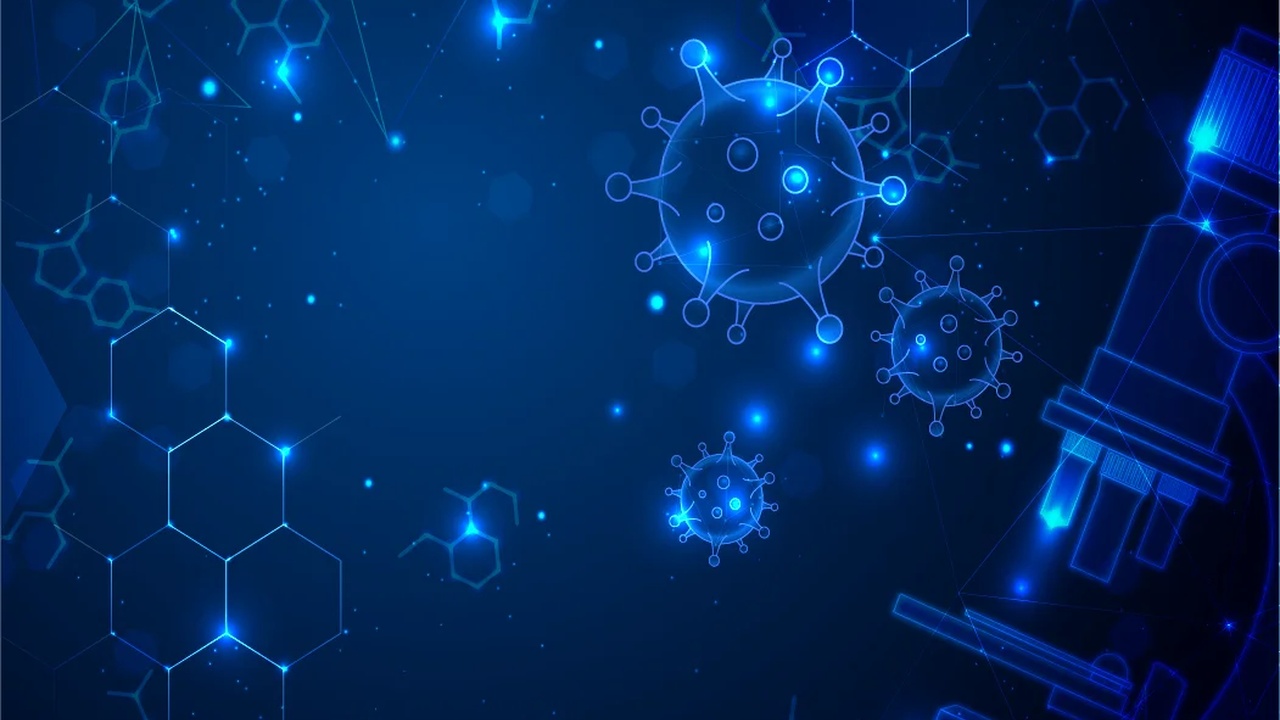Would you like to
draw bio or chemical structures and reactions easily and quickly?
predict 1H and 13C NMR spectra of structures or reaction products?
Design a bio or chemical graphical abstract?
draw a scheme for an article or a review?
If yes, this course is right for you.
Welcome to our comprehensive guide on mastering ChemDraw - the ultimate tool for creating chemical structures and reactions! This course is designed to provide participants with comprehensive knowledge and practical skills in utilizing ChemDraw, a powerful software tool for chemical drawing and visualization. Whether you are a beginner or have some prior experience with ChemDraw, this course will guide you from the basics to advanced techniques, equipping you with the expertise to create accurate and professional chemical structures and diagrams.
With ChemDraw, you can create professional-looking diagrams and illustrations that will help you understand and communicate complex concepts with ease. ChemDraw is a major tool that helps researchers and students to draw different types of high-quality structures and reactions and biopolymer materials (including amino acids, peptides and DNA and RNA sequences), predict 1H and 13C NMR spectra, and deal with advanced forms of stereochemistry. One of the major advantages of using ChemDraw is to help researchers and students to save time and reduce cost by predication spectra and properties of compounds before synthesizing them.
Upon completion of this course, students will gain a comprehensive understanding of ChemDraw and its applications in chemical drawing and visualization. They will develop proficiency in creating accurate chemical structures, diagrams, and reaction mechanisms. The course will equip students with valuable skills applicable in various academic and professional fields, such as chemistry, biochemistry, pharmacology, and chemical engineering.
The course will cover a wide range of topics related to ChemDraw, ensuring participants have a comprehensive understanding of the software's capabilities. It will include modules on topics such as:
Introduction to ChemDraw: Get familiar with the user interface, navigation, and basic drawing tools.
Basic Drawing Techniques: Learn how to draw simple molecules, atoms, bonds, and functional groups.
Advanced Drawing Techniques: Discover how to create more complex molecules, including stereochemistry, conformers, and reactions.
Working with Reactions: Understand how to represent chemical reactions, including reaction conditions, stoichiometry, and mechanism arrows.
Isomerism and stereochemistry: Participants will learn how to accurately represent different isomers and stereochemical configurations using ChemDraw.
Reactions and mechanisms: The course will delve into drawing reaction schemes and mechanisms, allowing students to effectively communicate chemical transformations.
Spectral analysis: Students will explore how to use ChemDraw to interpret and predict NMR, IR, and UV-Vis spectra, enabling them to extract valuable information from experimental data.
Advanced tools and features: The course will cover advanced drawing tools, shortcuts, and customization options, empowering students to work efficiently and tailor ChemDraw to their needs.
Biochemistry and molecular biology applications: Students will discover how to utilize ChemDraw for drawing biomolecules, DNA sequences, and protein structures, catering to the needs of those working in biochemistry and molecular biology.
Customizing Diagrams: Explore various options for customizing your diagrams, such as colors, fonts, and layouts.
Importing and Exporting: Learn how to import and export your diagrams in different formats, including SMILES, MDL, and graphics files.
Troubleshooting and optimization: The course will address common challenges and provide strategies for troubleshooting drawing errors and inconsistencies, ensuring students can overcome common obstacles. Tips and tricks for avoiding common mistakes and optimizing your workflow.
Final Project: Put your new skills into practice by creating a set of diagrams for a real-world scenario, such as a research project or educational presentation.
Hands-on Practice: The course will emphasize hands-on practice to reinforce learning. Students will have ample opportunities to apply the concepts and techniques learned through interactive exercises and assignments. They will have access to a variety of chemical drawing scenarios, allowing them to practice drawing different types of molecules and structures.
Real-life Examples: The course will incorporate real-life examples and case studies to demonstrate the practical applications of ChemDraw. Students will explore how professionals in various fields, such as pharmaceutical research, chemical engineering, and academic research, utilize ChemDraw in their work.
Updated Content: The course content will be regularly updated to stay current with the latest version of ChemDraw and to reflect any advancements or new features introduced by the software.
Additional Resources: Students will have access to supplementary resources, including reference materials, tutorials, and guides, to further enhance their understanding of ChemDraw. These resources will serve as valuable references even after completing the course.
Interactive Discussions: The course may include interactive discussions or webinars where students can engage with instructors and fellow learners, ask questions, and participate in discussions related to ChemDraw and chemical drawing techniques.
By the end of this course, students will be able to:
Draw and modify chemical structures and reactions using ChemDraw’s drawing tools
Apply different styles, formats, and templates to their drawings
Use ChemDraw’s query features to search for chemical information
Use ChemDraw’s analysis features to generate spectra, calculate properties, and perform reactions.
Use ChemDraw’s export and import features to share their drawings with other applications.
Use ChemDraw’s document features to create reports, graphical abstracts, posters and presentations.
Work with ChemDraw interface and toolbars.
Create and edit BioDraw structures such as DNA and RNA sequences and templates, amino acids, peptides, proteins, and enzymes
Deal with ChemDraw structures in Microsoft Office
Predict NMR spectra, TLC and fragmentation analysis of compounds
Identify chemical properties and analysis of compounds and structures
Calculate the reaction stoichiometry, nomenclature of structures and convert a name to structure
and much more
Prerequisites: There are no specific prerequisites for this course. However, a basic understanding of chemistry concepts and familiarity with computer operations will be beneficial. Students with no prior experience in using ChemDraw will find the course suitable for beginners, while those with some familiarity can enhance their skills and gain a deeper understanding of the software.
Course Instructor: The course will be led by experienced instructors who are well-versed in the principles and applications of ChemDraw. The instructors will provide clear explanations, practical examples, and guidance throughout the course, ensuring that students grasp the concepts effectively and can apply their knowledge with confidence.
Interactive Learning: The course will incorporate interactive learning elements to enhance student engagement and understanding. These may include quizzes, hands-on exercises, and real-life case studies to reinforce key concepts and promote active learning.
Certificate of Completion: Participants who successfully complete the course will receive a certificate of completion, demonstrating their proficiency in ChemDraw and their commitment to advancing their skills in chemical drawing and visualization. This certificate can be added to their professional portfolio, resume, or academic credentials.
Support and Community: Throughout the course, students will have access to a dedicated support system, including discussion forums or channels where they can ask questions, seek clarifications, and interact with fellow learners. This collaborative environment fosters a sense of community and provides opportunities for further learning and networking.The course will start on 29 June 2025.
By the end of this course, you'll be able to create high-quality chemical diagrams and reactions like a pro! Whether you're a student, researcher, or educator, our ChemDraw course will give you the skills and confidence to communicate your ideas effectively and accurately. Enroll now and let's get started!



